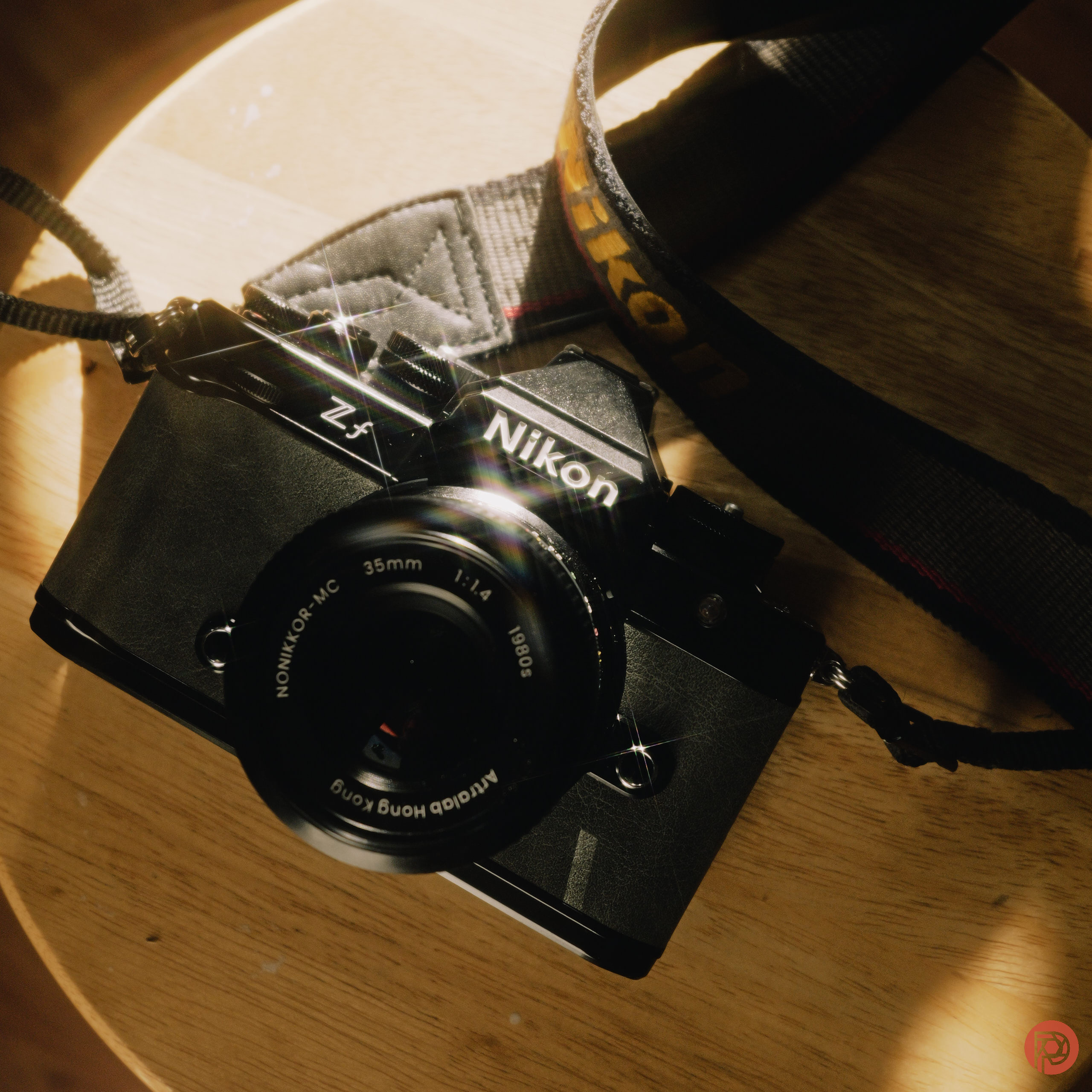
Spread the love
Today, Nikon is giving photographers owning the Nikon Zf (properly called the Nikon Z f) everything that they’ve wanted — pretty much. Imaging Recipe color presets are coming to the Nikon Zf in a different but very big way. Of course, picture controls and film profiles have been available for the camera for a while via NikonPC, but there hasn’t been much in the way of official support. Of any of the available Nikon cameras though, this is probably the biggest.
“Many photographers think of Picture Controls as the way to personalize their digital images like they did in the film days by using different film emulsions when they were looking for a specific look that one film offered over another,” is what Nikon’s official website communicates about Picture Controls. Because of what the Nikon Zf is — a retro-inspired camera — photographers are more likely to want to shoot JPEGs with it. Besides, the camera even has a dedicated Black and White camera mode too.
Here’s the relevant text from the press release. I knew that this release was coming for a while now before I updated the Nikon Zf review. And there’s surely testing to be fine. Hopefully, the new firmware update fixes the issues I found.
Primary Features of Firmware Version 2.00 for the Nikon Zf:
Support for Nikon Imaging Cloud enables more creative imaging expression
Nikon Imaging Cloud is Nikon’s cloud service accessible via computers and smart devices. It hosts the Imaging Recipes color presets, both those recommended by Nikon and those carefully crafted by established creators. Up to nine recipes can be downloaded to the Zf, allowing users to get the look and style of their favorite creators easily. Connection to Nikon Imaging Cloud also facilitates updating the camera firmware without the need for a computer or smart device. Furthermore, the advanced setup enables the automatic transfer of captured images to various third-party cloud storage services when the Zf is connected via Wi-Fi, providing even greater convenience for storing and sharing images captured with the camera.
Dedicated [Birds] subject-detection option enhances support for bird photography
A dedicated [Birds] subject-detection option has been added. It offers better bird-detection and tracking performance than when [Auto] or [Animal] subject-detection is selected. It also ensures quicker, more accurate detection and tracking of birds in various shooting scenarios, such as when complex, high-contrast backgrounds like rocky mountains or forests are in the frame. The [Birds] option satisfies the expectations of those who enjoy photographing birds with a greater ability to detect birds whether in flight, at rest, or characterized by a unique size or visual feature such as a long neck or vibrant colors.
Addition of the Hi-Res Zoom function enables zooming even when a prime lens is used
With firmware version 2.00, users can zoom-in to up to twice the actual focal length with no loss in resolution in full-HD recording*. This enables recording that makes the most of the superior rendering characteristics of prime lenses. Selection from 11 different zoom speeds expands possibilities for imaging expression during video recording, allowing users to achieve the exact look and feel they want. The Hi-Res Zoom function can also be assigned to the Fn ring or control ring on a lens.
More convenient functions when shooting with a manual focus lens
A new function has been added that lets users exit the magnified display by half-pressing the shutter-release button, making shooting with manual focus more convenient. Additionally, in the live view display, the maximum magnification has been increased from the previous 200% to 400%, providing greater convenience when shooting portraits and other situations that require more precise focusing. Furthermore, exposure compensation and ISO sensitivity can now be assigned to the main or sub-command dial in manual shooting mode. A new function has also been added that allows users to manually record aperture values to the Exif data when using non-CPU lenses. This enables them to review and appreciate the subtle differences in image results when shooting with different aperture values at or near the maximum aperture.

